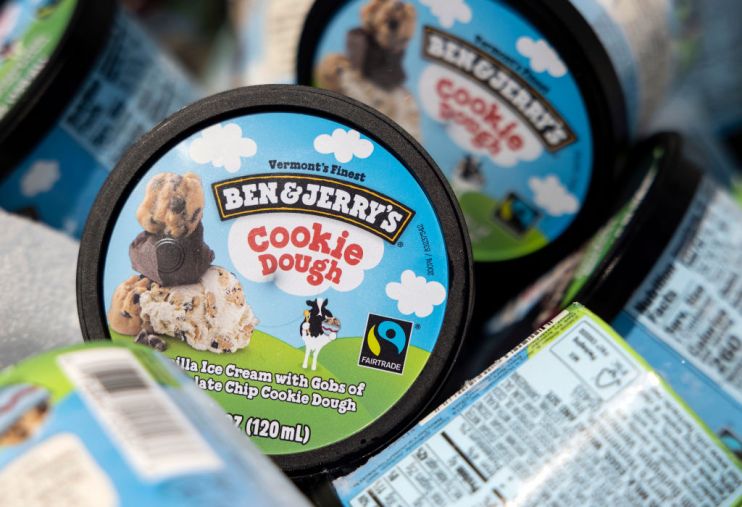Unilever boosts sales growth guidance and suggests not the end of price hikes

Consumer goods giant Unilever has seen sales propelled more than eight per cent after hiking prices of food and drink to mitigate cost increases.
Underlying sales growth of 8.1 per cent was “driven by strong pricing to mitigate input cost inflation, which, as expected, had some impact on volume,” Alan Jope, chief executive officer said on Tuesday morning.
The Dove maker boosted prices 11 per cent in the second quarter compared to a year earlier, warning it had not yet passed on the full impact of input cost rises to consumers.
The Ben & Jerry’s maker had previously issued guidance for underlying sales growth in 2022 at the top end of a range of 4.5 per cent to 6.5 per cent.
It said it now expects underlying sales growth to be above that range, “driven by price with some further pressure on volume.”
“Unilever has delivered a first half performance which builds on our momentum of 2021, despite the challenges of high inflation and slower global growth,” Jope added.
Chief financial officer Graeme Pitkethly told journalists on an investors call that the company was currently battling with a “truly unprecedented cost landscape”, The Financial Times first reported.
It anticipated net material inflation for the year to remain high at around €4.6bn with its forecast for the second half “largely unchanged” at around €2.6bn.
Underlying earnings per share increased by one per cent, including a positive impact of 4.9 per cent from currency.
Further price increases in the second half of the year were likely on the horizon, according to Alex Smith, global sector lead for consumer, at global primary research firm, Third Bridge.
“Inflation will continue to erode Unilever’s margins for the next 12-18 months although margin pressure has been partly mitigated by price increases in the first half,” he said.
Smith added: “Unilever’s new structure can speed up innovation, improve in-market execution and bring substantial cost savings. However, our experts are concerned about the loss of buying power dis-synergies at a national level.”